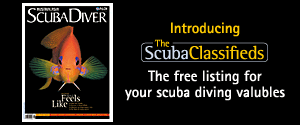- Home
- Directory
- Shop
- Underwater Cameras - Photographic Accessories
- Smartphone Housings
- Sea Scooters
- Hookah Dive Systems
- Underwater Metal Detectors
- Dive Gear
- Dive Accessories
- Diving DVD & Blu-Ray Discs
- Diving Books
- Underwater Drones
- Drones
- Subscriptions - Magazines
- Protective Cases
- Corrective Lenses
- Dive Wear
- Underwater Membership
- Assistive Technology - NDIS
- On Sale
- Underwater Gift Cards
- Underwater Art
- Power Stations
- Black Friday Sale
- Underwater Bargain Bin
- Brands
- 10bar
- AOI
- AquaTech
- AxisGo
- Backscatter Underwater Video and Photo
- BLU3
- Cayago
- Chasing
- Cinebags
- Digipower
- DJI
- Dyron
- Edge Smart Drive
- Eneloop
- Energizer
- Exotech Innovations
- Fantasea
- Fotocore
- Garmin
- Geneinno
- GoPro
- Hagul
- Hydro Sapiens
- Hydrotac
- Ikelite
- Indigo Industries
- Inon
- Insta360
- Intova
- Isotta Housings
- Jobe
- JOBY
- Kraken Sports
- LEFEET
- Mirage Dive
- Nautica Seascooters
- Nautilus Lifeline
- NautiSmart
- Nitecore
- Nokta Makro
- Oceanic
- Olympus
- OM System
- Orca Torch
- Paralenz
- PowerDive
- QYSEA
- Scubajet
- Scubalamp
- Sea & Sea
- SeaDoo Seascooter
- SeaLife
- Seavu
- Shark Shield
- Sherwood Scuba
- Spare Air
- StickTite
- Sublue
- Suunto
- SwellPro
- T-HOUSING
- Tusa
- U.N Photographics
- Venture Heat
- XTAR
- Yamaha Seascooter
- Youcan Robot
Fancy a squid kiss?
Contributed by Ric Mingramm
Date Line ; Australia, News South Wales, Coffs harbour, South Solitary islands......June 2005
Once again I was privileged enough to dive with my A team (or should it be eh? team)(Andrew Bennett, Amber Nelson, Troy Stefan) on a recent trip to Coffs Harbour. One of the most fantastic things about scuba diving is the ability to react with wild creatures in their natural habitat - and I am not talking about female European divers - although that is another story.
Often an aggressive sea urchin will attack your knife and on such occasions
the sea life becomes very friendly and it seems as if you are swimming in a
soup of fish. Of course in areas of national parks or marine sanctuaries this
is not the case as the urchins are more well behaved. Apart from fish
and slugs (Nudibranches for those slug and worm officianados') one of the greatest
creatures to interact with is the Giant Cuttlefish. Thanks to our pale
skinned propeller headed English scientists I am able to provide some scientific
facts on this creature and then I will recall our recent encounter.
Giant Cuttlefish - Sepia apama
The Australian giant Cuttlefish is the largest of the world's 100 or so species of Cuttlefish.
Life span:
2-3 years
Statistics:
The giant Cuttlefish can grow to lengths of 1.5m (5 feet) and weigh nearly 15kg (33 pounds).
Physical Description:
Giant Cuttlefish have sucker-lined appendages growing from the head, eight long and prehensile arms, and two retractile tentacles. Cuttlefish have a highly developed central nervous system and highly developed complex eyes, which focus by changing the shape of the eyeball. Light entering the eye is controlled by the shape of the lid. They may be colour-blind, but they distinguish a vast number of tones. They have thick, internal calcified shells beneath an elongated muscular mantle. This mantle is expanded and contracted to expel water from the mantle cavity through the funnel. The mouth consists of a parrot-like beak, jaws, and a rasping tongue.
Distribution:
They inhabit coastal waters from western Australia to Tasmania to as far north as Coffs Harbour.
Diet:
The main diet of Cuttlefish consists of small fish and crustaceans (such as prawns and crabs and small reef fish). Cuttlefish shoot out two tentacles, which are usually tucked away in pouches under their eyes. Prey is pulled into the powerful suckered arms and then eaten by crushing the animal with their beak.
Behaviour:
Giant Cuttlefish can crawl, swim or employ jet propulsion in bursts of surprising speed. They are usually solitary, attracted to bright colours, and curious about divers. Cuttlefish have a remarkable facility for changing colour to show aggression, fear or sexual excitement. Under their skin they possess a dense layer of elastic pigment sacs called chromatophores, which are used to change their colour. As camouflage, colour changes are used to match surroundings with extraordinary accuracy. Like all members of the squid family they use jets of ink to confuse attackers. These colourful cephalopods aggregate in their millions along the south Australian coast every autumn. Giant Cuttlefish need a hard substrate on which to lay their eggs, so they gather on rocky reefs to breed. The result is one of Australia's great underwater spectacles. The Cuttlefish hover like alien spacecraft, constantly bickering as they bump into one another in the dense gathering. Males duel using an intricate combination of colour and body language, pulsing vivid stripes of blues, purples and greens over their mantles. Groups of up to seven huge males battle with each other using intense blasts of colour until one emerges as the winner. He then turns his attentions to the smaller females, mesmerising them with another kaleidoscopic display.
Reproduction:
Fertilisation is internal. Mating takes place when the male places his spermatophore in a pouch under the female's mouth. The capsules burst, releasing sperm into the female's mantle, thus fertilising the eggs. After mating a female will lay about 200 golfball-size eggs among crevices in the reef, which hatch into miniature adults several months later. These tiny creatures go on to live and develop for two or three years, longer than any other species of Cuttlefish, which is perhaps why giant Cuttlefish grow to such an immense size.
The Story:
Our little Dive Princess Ms Amber is notorious on dives for fondling the sea
creatures..many a turtle, fish, anemone, hydroid can attest to her amorous approaches
in the aquatic world. She is one of those divers who doesn't wear gloves
because she can feel them better!!! On our recent Coffs Harbour trip you knew
if a Giant  Cuttlefish
was around that there was a high possibility that the Princess would be finning
towards it arms outstretched - lips pursed, mouthing 'come to me. come to me'.
I must admit she does have the gentle touch and dumb creatures are attracted
to her (present company and A Team members excluded).
Cuttlefish
was around that there was a high possibility that the Princess would be finning
towards it arms outstretched - lips pursed, mouthing 'come to me. come to me'.
I must admit she does have the gentle touch and dumb creatures are attracted
to her (present company and A Team members excluded).
Fortunately, the Cecil B Demille or Spielberg for you youngies of our crew (Andrew
the Bitch) is always ready with camera to still or video interactions and slimy
fishy things - even took a picture of some steel for me to placate my wreck
fetish. On this occasion Andrew took some lovely video of Princess Amber
sensually stroking the tentacles of a Giant Cuttlefish. The beast was
irradiating differently colours and gently moving its long tentacles over Princess
Ambers fingers. It all went well until the Giant Cuttlefish said "Enough
foreplay....lets get it on!" and jetted forward and grabbed the Princess'
mask hoping to dislodge it and give her a great big squid kiss. The Princess
was very quick and fended off her would be suitor...it is great video. What's
was more amusing is being at 20 metres and hearing someone laugh...........ah,
the things you see.
We are assured by Mike Davey from Jetty Dive, Coffs Harbour that the Giant Cuttlefish
probably caught a glimpse of its reflection in the mask and was either attempting
to mate or fend off an interloper! He says they usually don't tentacle
kiss on first dates....still I did see some dumpling squid which makes me wonder!!!
Facts courtesy : http://www.bbc.co.uk/nature/wildfacts/factfiles/3074.shtml
Shopfront
-
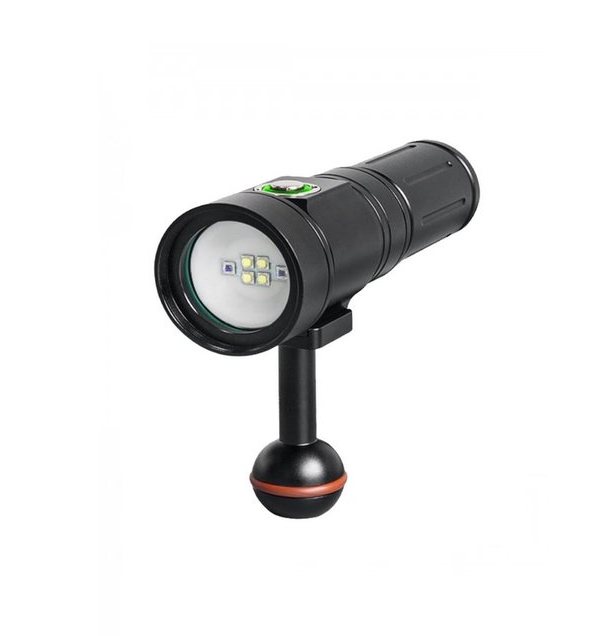 Scubalamp PV22 LED Video/Photo Light - 2000 lumens - UV option
Scubalamp PV22 LED Video/Photo Light - 2000 lumens - UV option
- Price A$ 179.00
-
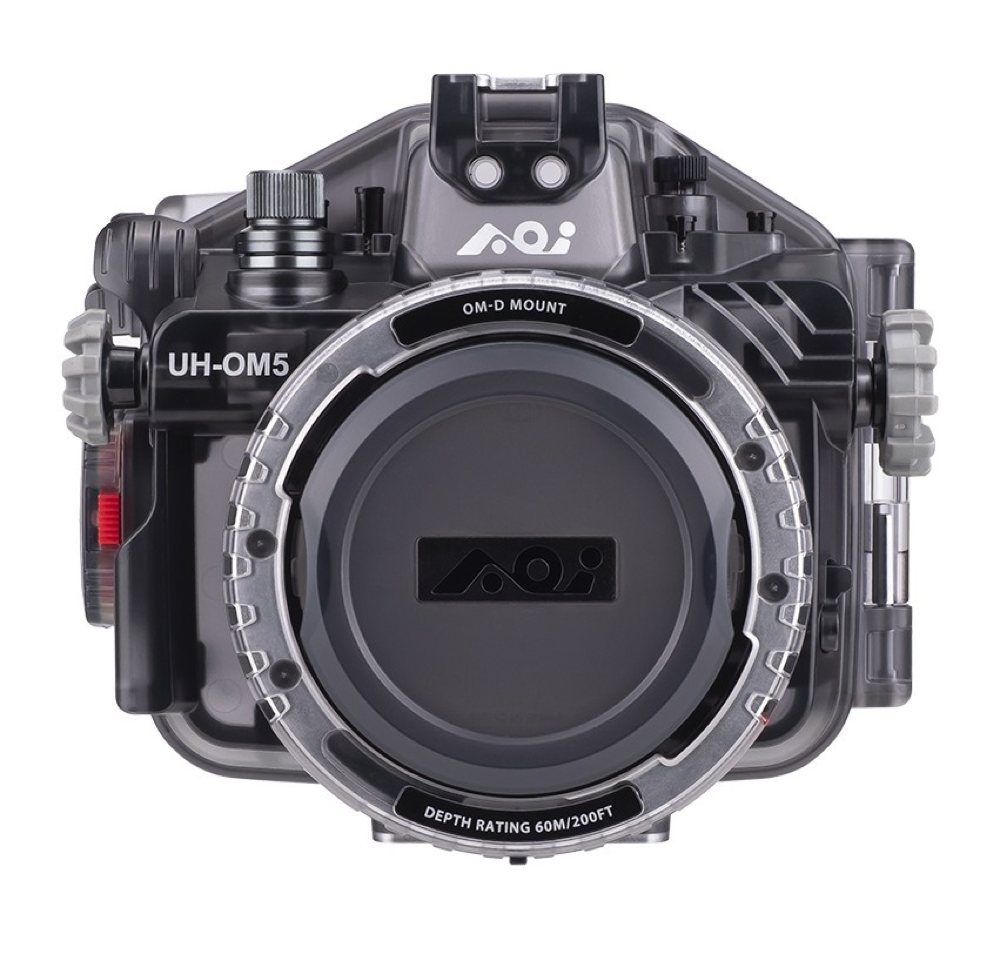 AOI UH-EM5III and UH-OM5 Underwater Housing for Olympus OM-D E-M5 III and OM System OM-5
AOI UH-EM5III and UH-OM5 Underwater Housing for Olympus OM-D E-M5 III and OM System OM-5
- Price A$ 1,469.00
-
 Nokta PulseDive SCUBA Underwater Metal Detector
Nokta PulseDive SCUBA Underwater Metal Detector
- Price A$ 349.00
-
 Scubalamp V6k V3 Movie Grade Photo/Video Light - 12,000 lumens
Scubalamp V6k V3 Movie Grade Photo/Video Light - 12,000 lumens
- Price A$ 899.00
-
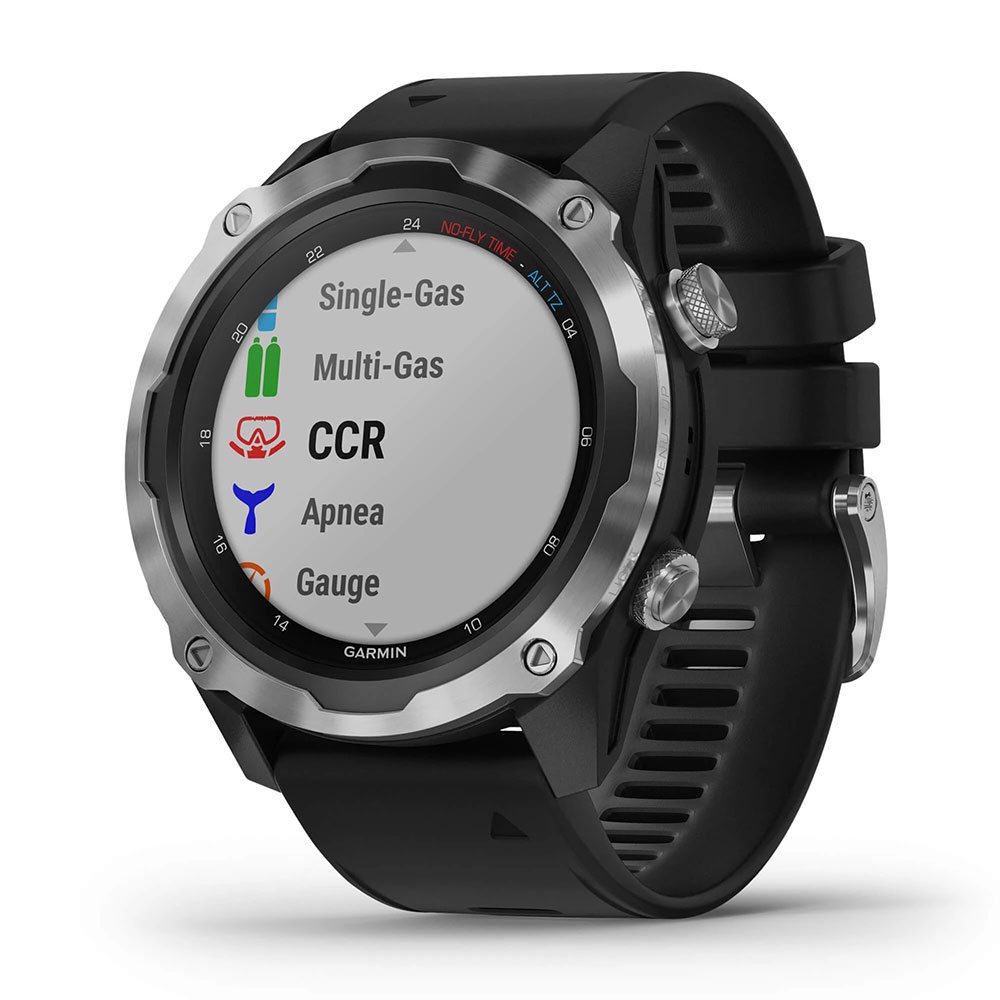 Garmin Descent Mk2 Watch Dive Computer - Stainless Steel - Black Band
Garmin Descent Mk2 Watch Dive Computer - Stainless Steel - Black Band
- Price A$ 2,039.00
-
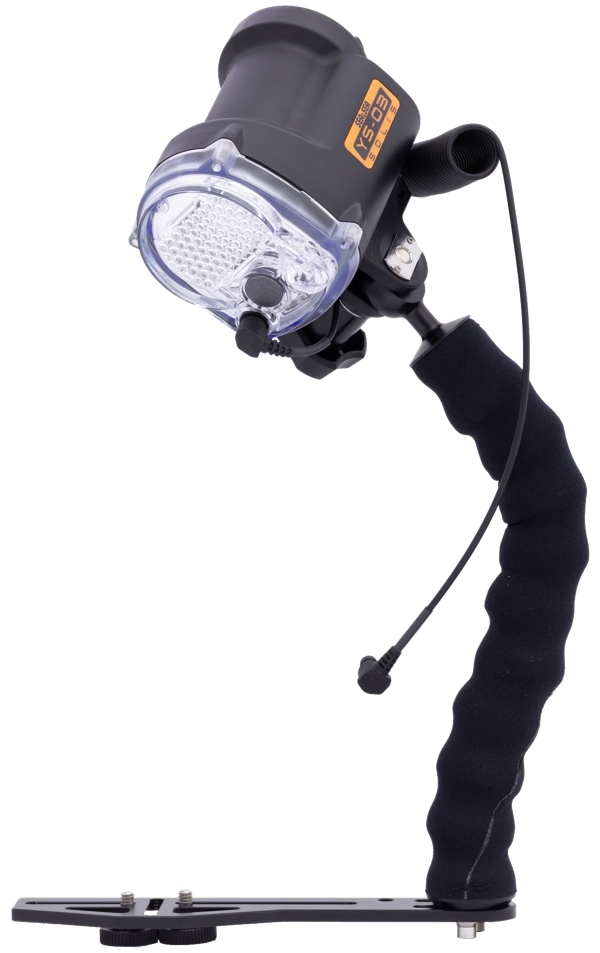 Sea & Sea YS-03 SOLIS Universal Lighting System Kit
Sea & Sea YS-03 SOLIS Universal Lighting System Kit
- Price A$ 849.00
-
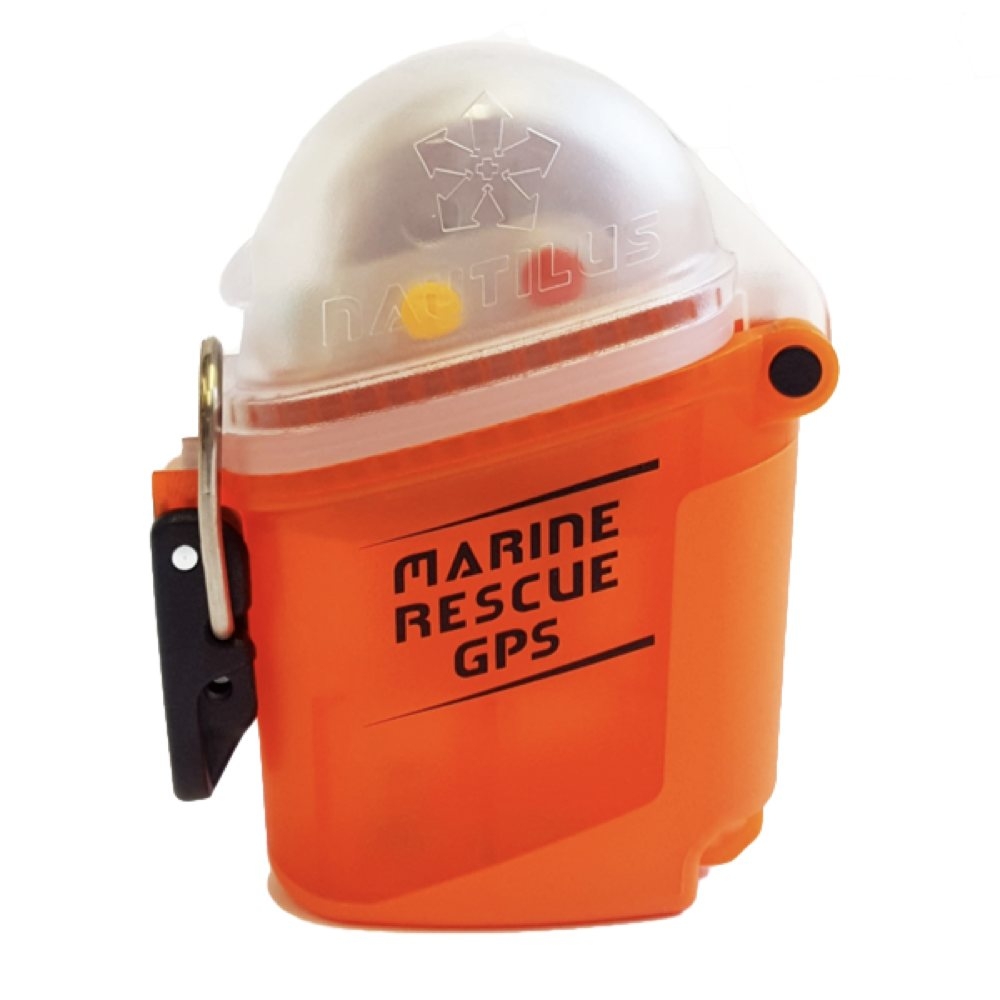 Nautilus Lifeline Marine Rescue GPS - nexGen
Nautilus Lifeline Marine Rescue GPS - nexGen
- Price A$ 389.00
In the Directory



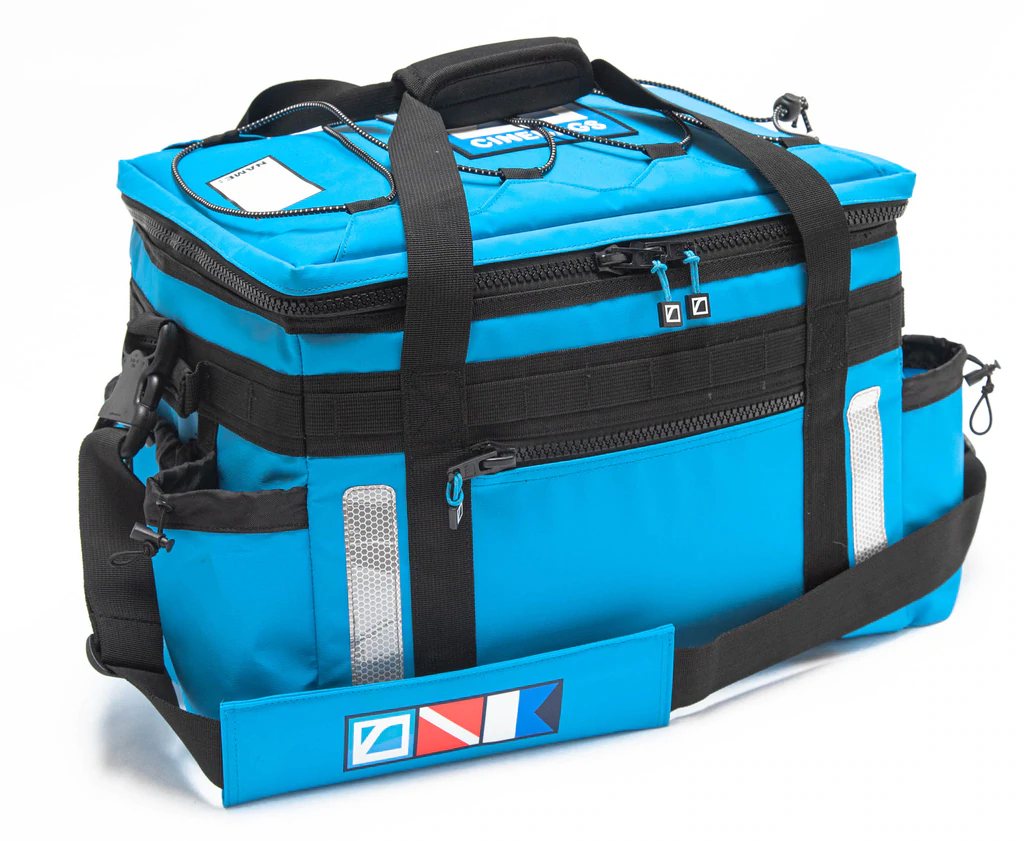
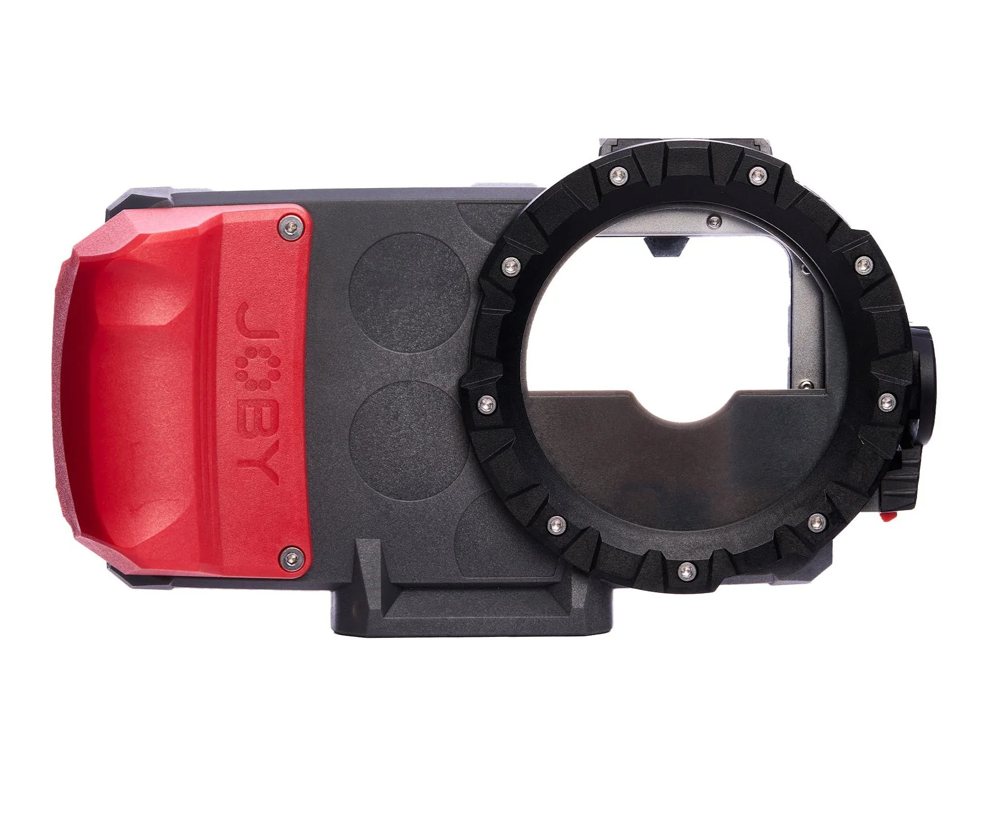
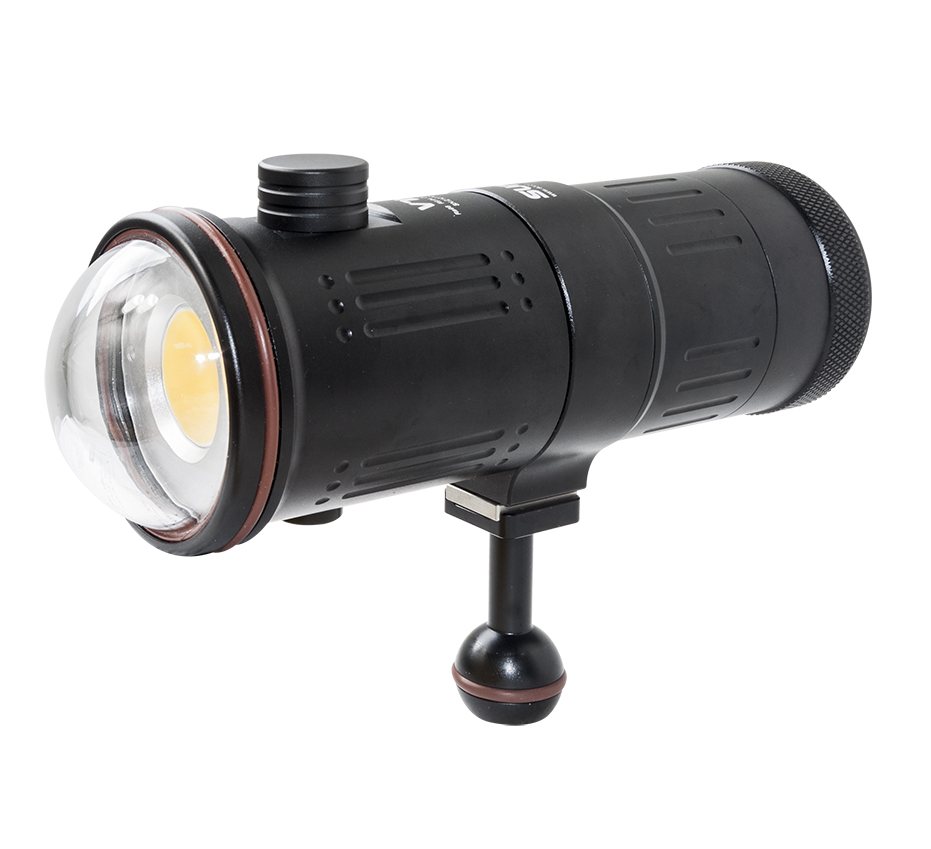
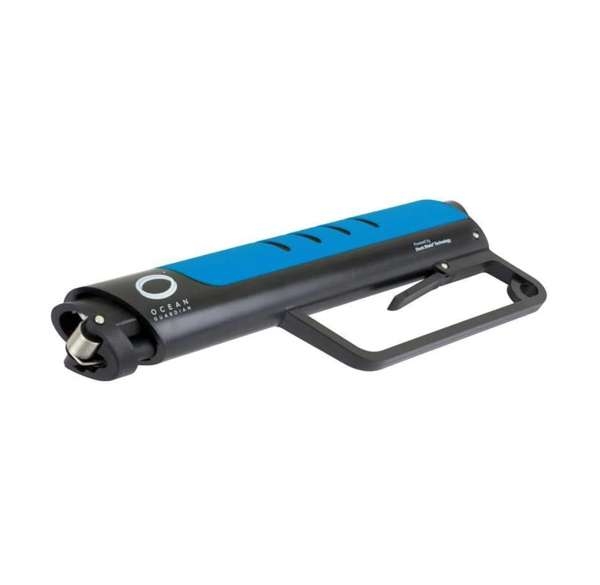

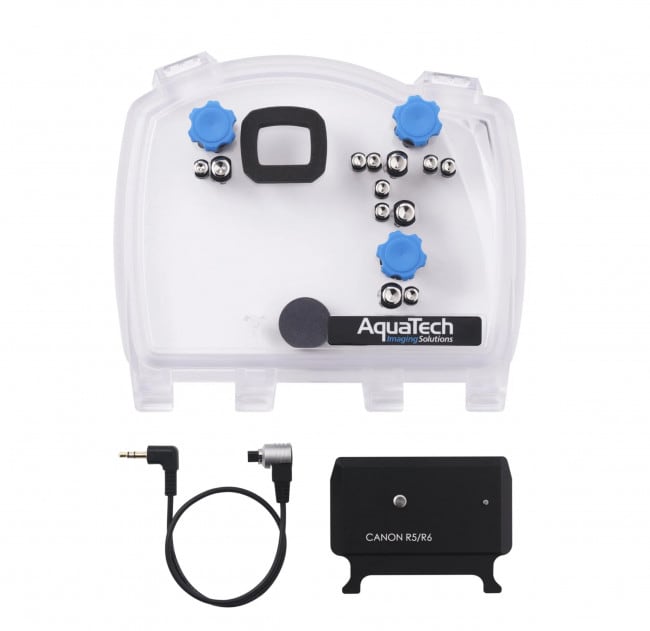
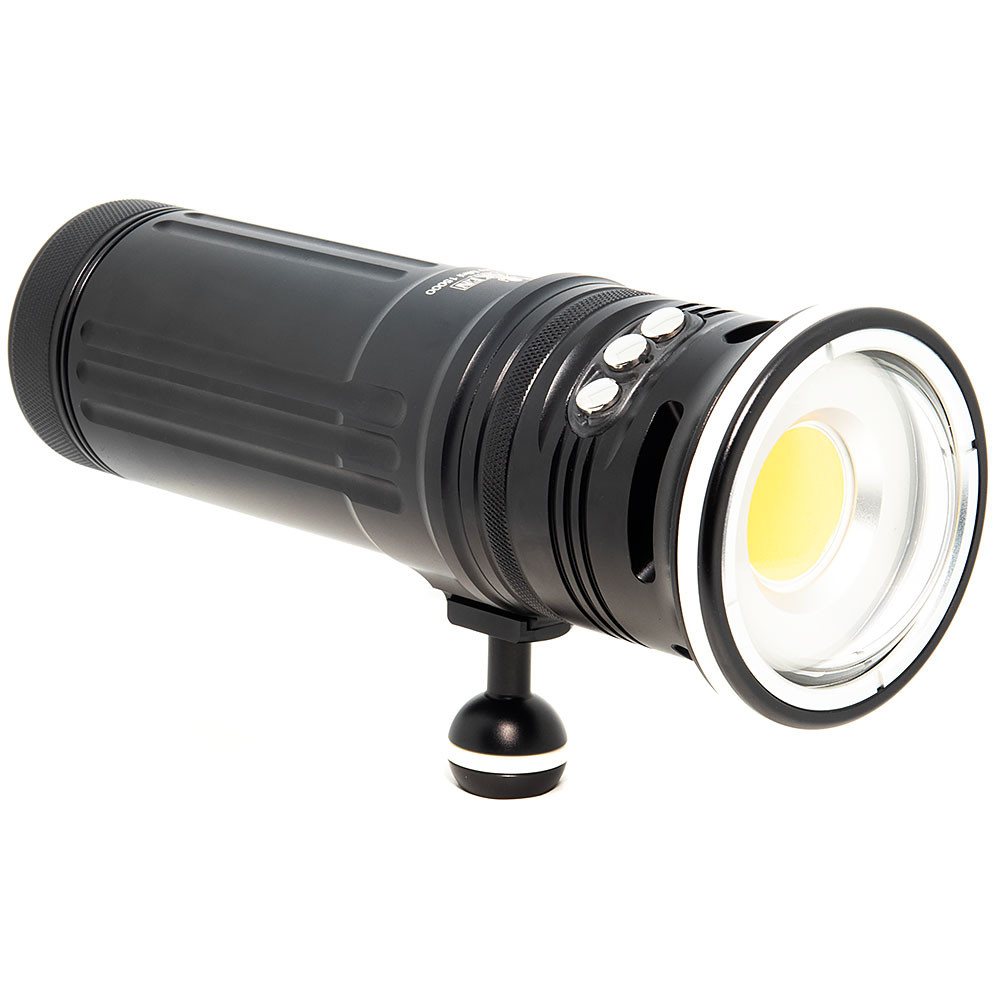



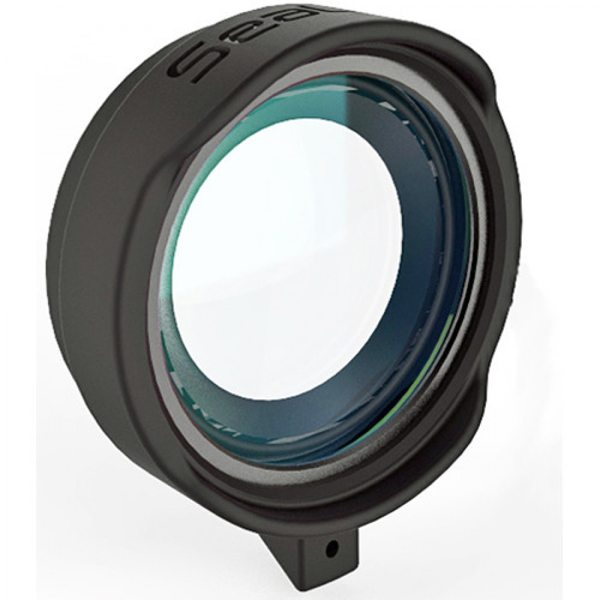 Sealife Super Macro Close-Up Lens for Micro HD / 2.0 / 3.0 and RM4K
Sealife Super Macro Close-Up Lens for Micro HD / 2.0 / 3.0 and RM4K 


